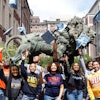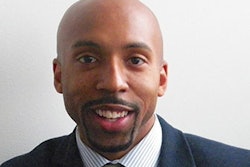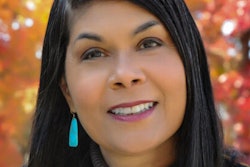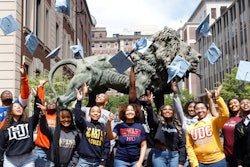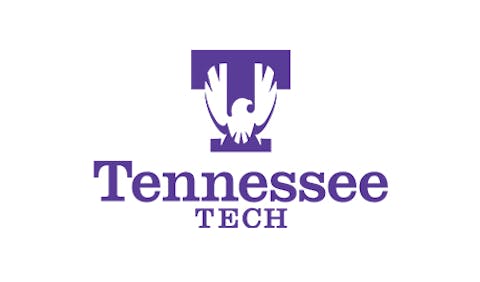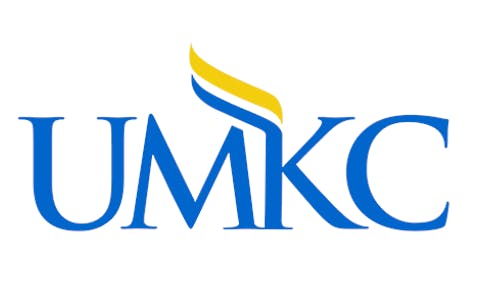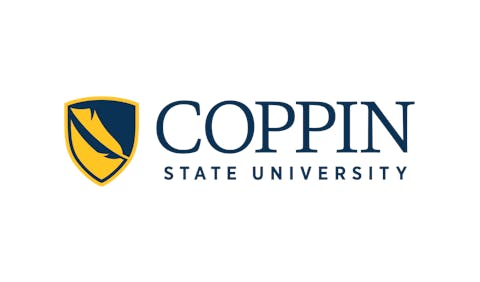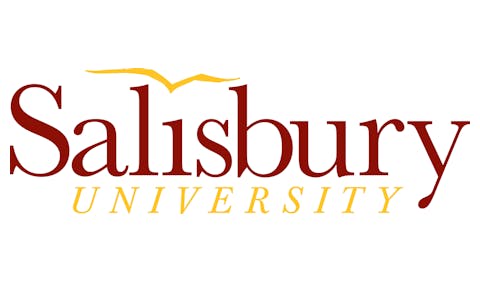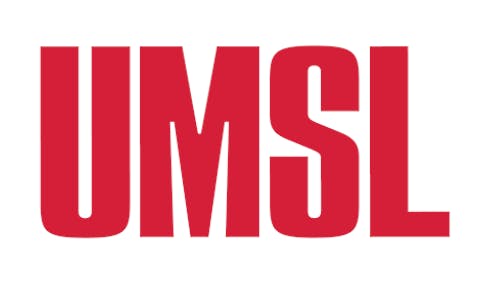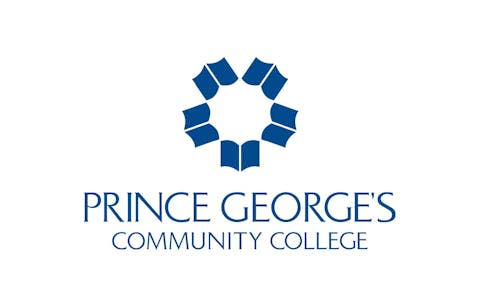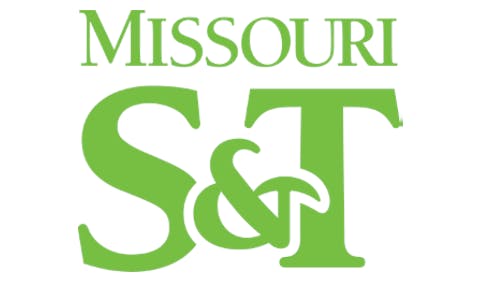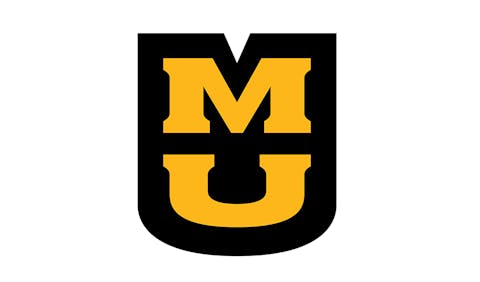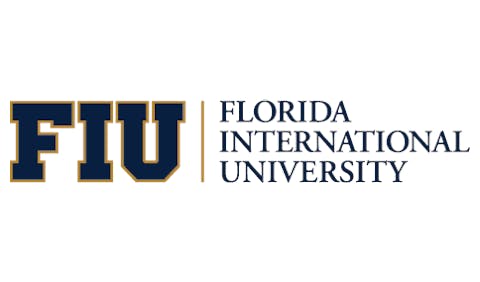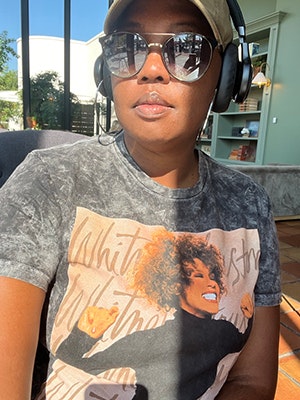Drs. Marybeth Gasman and Levon T. Esters have written an important and useful historiography of Historically Black Colleges and Universities.
HBCU: The Power of Historically Black Colleges and Universities, published by Johns Hopkins University Press, provides personal anecdotes from past and present HBCU students and leaders about the critical role that these storied institutions have played throughout history. But the book is not merely an exercise in nostalgia. The authors take a thoughtful approach to examining HBCUs today and challenge us to reimagine what HBCUs should look like in the future.
Esters, a graduate of Florida A&M University and North Carolina A&T State University, powerfully shares fond memories of his experience as a student at these institutions.
“Whenever I give a talk and share my educational journey, I like to open by saying that I bleed orange and green, but I am also a die-hard Aggie,” writes Esters, who is now dean of the Graduate School and the vice provost for graduate education at The Pennsylvania State University. “To say that I am a proud HBCU graduate is an understatement. To me, there is something special about being a two-time HBCU graduate, which is something I will forever cherish. Part of the reason this fact is worth mentioning is that it proves wrong those who think the HBCUs are not good enough to prepare students for the world.”
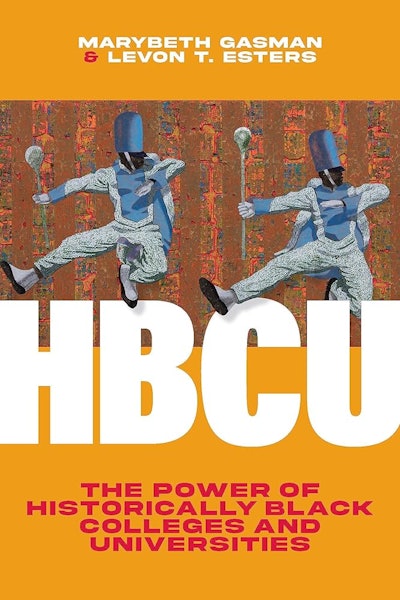 HBCU: The Power of Historically Black Colleges and Universities was published by Johns Hopkins University Press.
HBCU: The Power of Historically Black Colleges and Universities was published by Johns Hopkins University Press.
This is not to suggest, however, that many HBCUs do not face serious challenges. Esters and Gasman are quick to point out that HBCUs, like colleges and universities in general, are not monolithic. They are quite diverse. And the challenges, ranging from the lack of more Black women in leadership positions, are worthy of serious discussion and debate. Some of these challenges, Gasman and Esters rightly note, include “customer service concerns, leadership instability and preparation, board ineffectiveness, low graduation rates, financial instability and subsequent threats to long-term sustainability, and the need to tell better HBCU institutional stories.”
Featured in the book are the voices of HBCU leaders who reflect on these challenges, as they work to foster an environment that supports student success. Low graduation rates, Gasman and Esters point out, “have long plagued HBCUs because these institutions educate large numbers of low-income students — nearly 70% of HBCU students are eligible for Pell Grants, which means these schools enroll the highest number of low-income students in the nation.”




